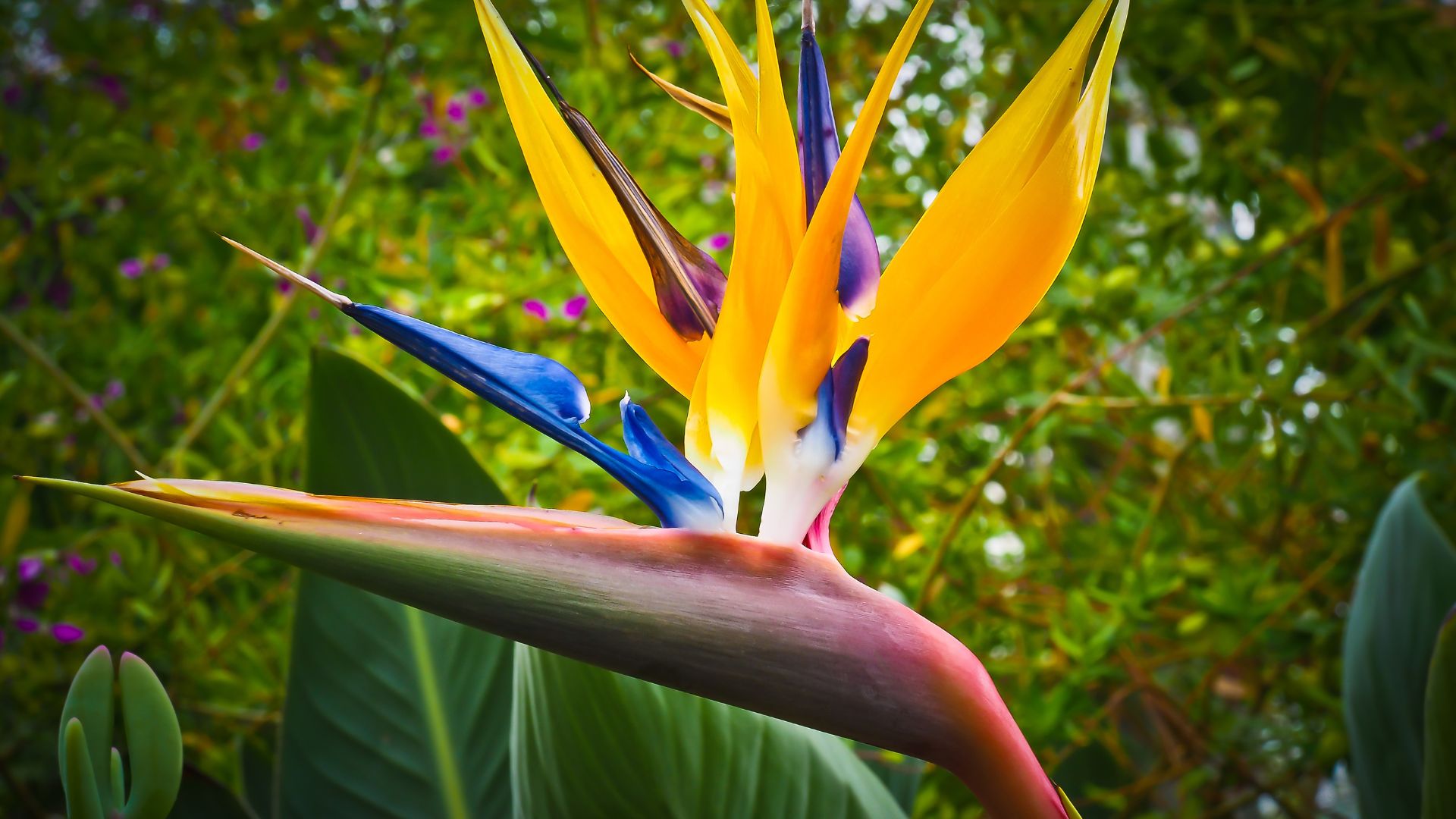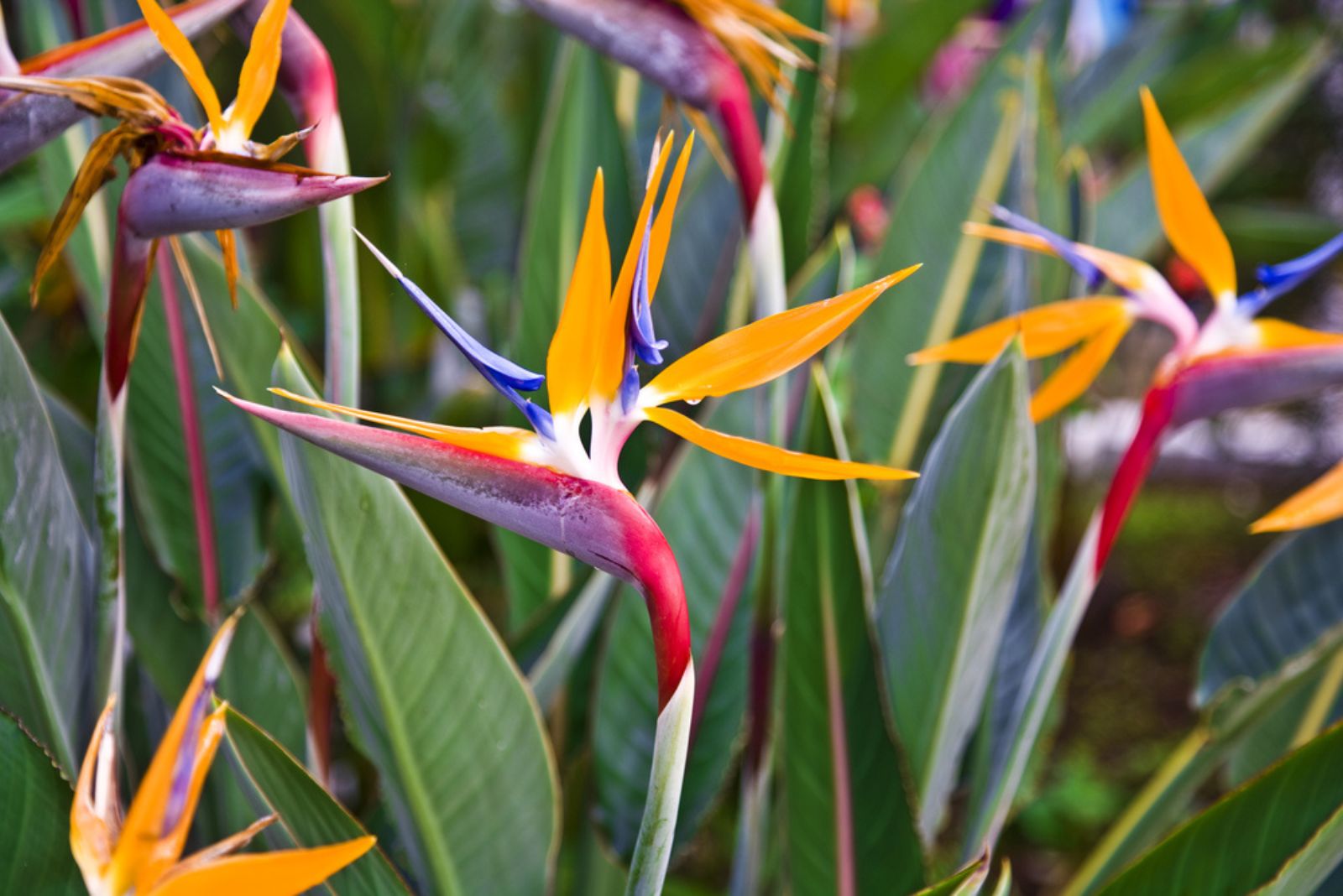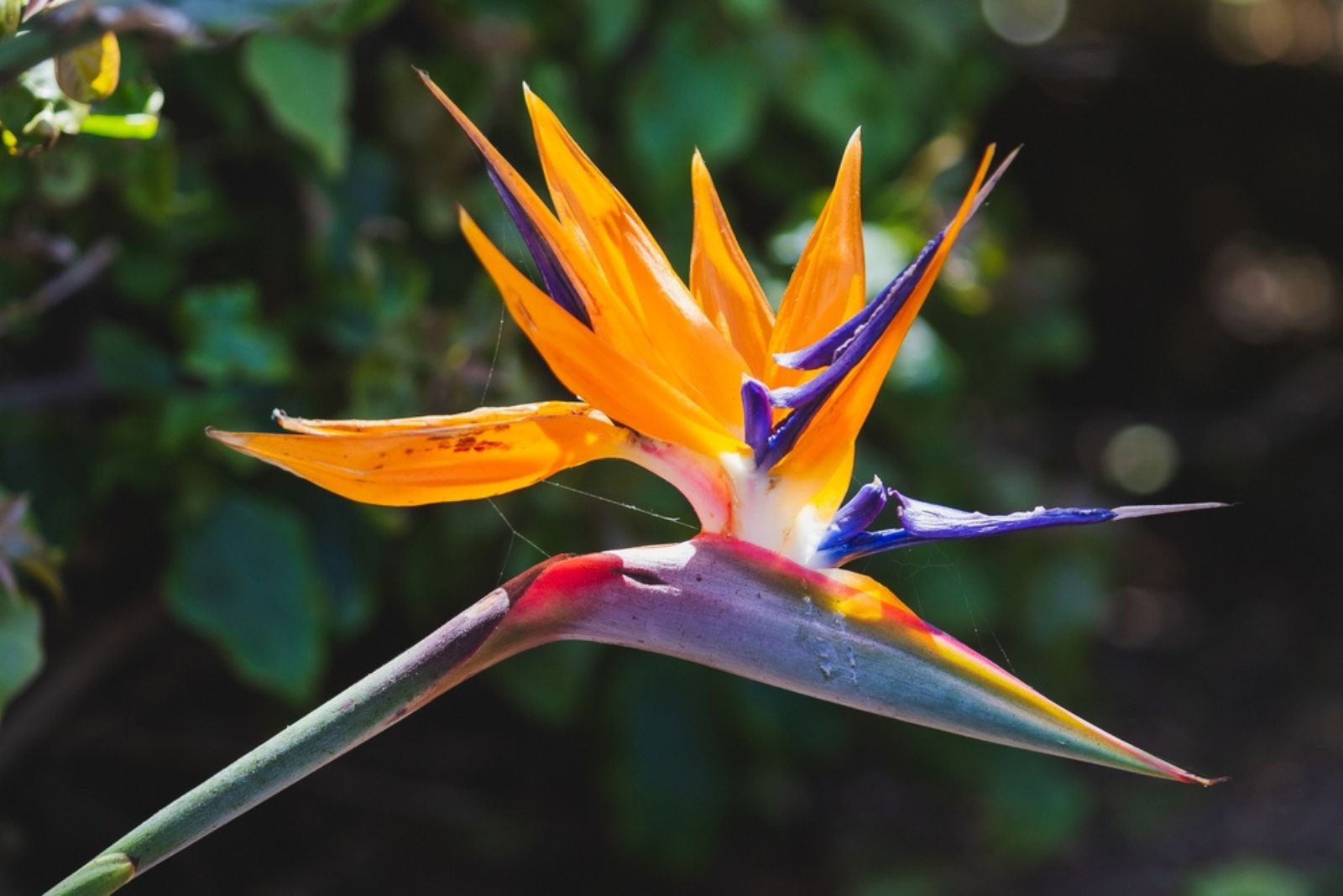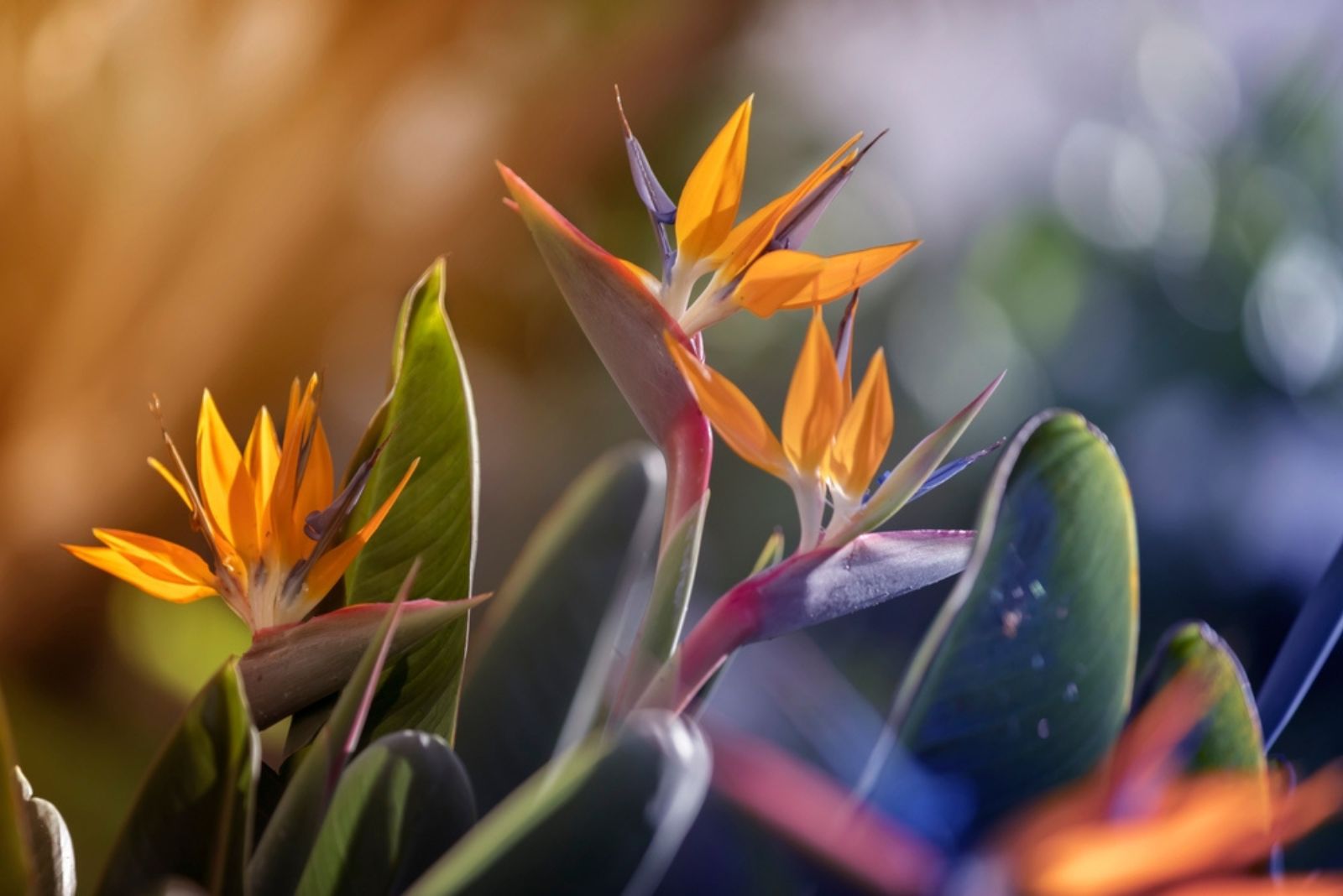Many growers want to add a tropical vibe to their indoor and outdoor gardens, and if you’re one of them, I have a perfect plant for you!
The bird-of-paradise is an exotic species renowned for its spectacular and colorful blossoms. Yes, this is a tropical plant, which means it may be hard to maintain it, i.e., ensure conditions similar to its natural surroundings.
But don’t worry, I’ll show you a complete guide on growing bird-of–paradise plants that bloom year after year!
Let’s get started!
More About Bird-of-paradise Plants
This plant is referred to as Strelitzia in botany and it’s a perennial plant native to Southeast Africa. The most common varieties include S. reginae and S. juncea and you can see them in many houseplant collections.
What makes these plants so special are the blossoms that resemble birds in flight, hence the name. Interestingly, these species can live about 50 years if you provide them with the right conditions.
There’s one more essential thing you should know about the bird-of-paradise. This is a toxic plant species (1), so your cats, dogs, or horses must stay away from it at all costs.
Do Birds-of-paradise Produce Blossoms In Controlled Environment?
Many growers worry if this plant can produce blossoms inside or outside their homes due to its natural habitat.
Well, I have great news for you! If you take good care of your bird-of-paradise in terms of watering and sunlight, and if you’re patient, you will see the blossoms.
The emphasis is definitely on the word patient because you need to wait approximately 5 to 6 years for the new plant to generate blossoms.
Birds-of-paradise Plant Types
There are three main types of bird-of-paradise and the biggest difference is in the color of blossoms.
Bright yellow blooms and blue accents adorn the Mandela’s Gold variety, whereas the orange bird-of-paradise features an orange and red color with purplish accents.
The white bird-of-paradise is the most frequently cultivated variety indoors and is adorned with creamy blooms.
Care Guide
Many will be surprised to hear that these plants are highly adaptable and versatile. Once you get the gist, your bird-of-paradise will become easier to maintain than common succulents (no, I’m not exaggerating).
Here are all the conditions to ensure for your bird-of-paradise to thrive!
Indoor vs Outdoor Cultivation
You can cultivate this plant outdoors if you live in USDA hardiness zones 10 and 11. But if you live in really hot climates, such as in southern Florida or some parts of Louisiana, it would be best to take your bird-of-paradise indoors.
High temperatures may lead to scalding and lack of blossoms, which is definitely something we want to avoid.
I highly recommend growing this tropical beauty indoors because you can control the conditions more easily.
The essential thing when you grow a bird-of-paradise indoors is ensuring enough space because this species can grow up to 5 feet tall and the leaves have a tendency to spread out.
Watering, Soil Type, And Fertilization
Don’t worry if you’re a beginner gardener because this plant has low care requirements.
This is a drought-tolerant species so the soil must be free-draining to avoid waterlogging. Bird-of-paradise plants also require nutrient-rich soil types so add fertilizer to the soil every 3-4 months during the growing season.
When it comes to watering these plants, you’ll need to do it more often if you have a young plant. If you keep it outdoors and it receives frequent rainfall, you don’t need to add water.
On the other hand, if you keep it indoors, keep the soil consistently moist until your bird-of-paradise is fully established.
You should be extremely careful about the soil moisture content during hot summer days; young plants will lose water quickly so pay close attention to hydration.
Once the plant is fully established, you can water it only when its soil dries out entirely; if it’s dry, water it thoroughly and allow it to drain well.
Light, Temperature, And Humidity
If you want these colorful plants to generate blossoms, you need to find a spot that receives bright indirect light.
East- and west-facing windows work perfectly for bird-of-paradise plants; south-facing windows are too sunny whereas north-facing windows don’t ensure enough light.
You should keep the temperatures between 65 and 75 degrees Fahrenheit, so basically if it’s not too warm or too cold for you, it will be the same for your bird-of-paradise.
I have to warn you that this plant may display crispy or droopy leaves even if it’s well-hydrated. If it has enough water in the soil, you should check the humidity and increase it a little bit.
Common Issues
A Bird-of-paradise makes a perfect plant for around a pool or any outdoor setting, but if you decide to keep it outdoors, you should be careful about pests.
However, pest infestations are rare even outdoors and you can easily manage them by applying neem oil.
Rabbits and deer aren’t big fans of this plant species, so you shouldn’t worry if they pay a visit.
If your indoor or outdoor garden lacks a tropical vibe, now you know that a bird-of-paradise is the best plant for it. Simply follow our guidelines and enjoy watching birds in flight!
References
1. Bird of Paradise Flower. (n.d.-b). ASPCA.




